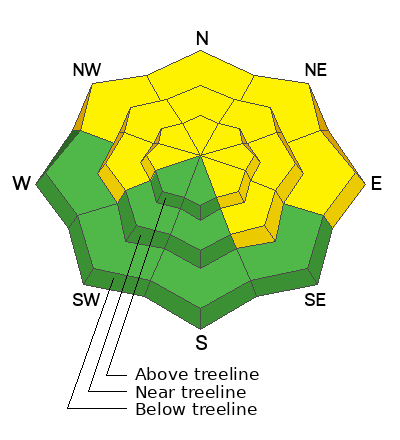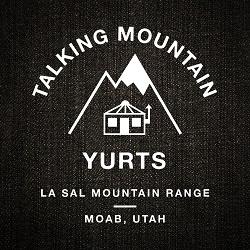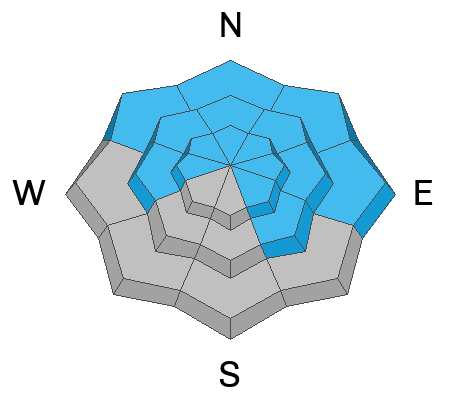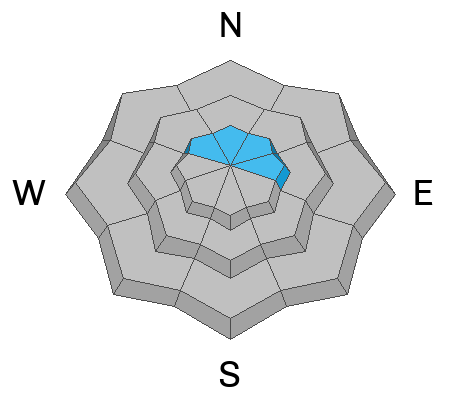Forecast for the Moab Area Mountains

Issued by Dave Garcia on
Wednesday morning, February 21, 2024
Wednesday morning, February 21, 2024
Today’s storm will not add significant stress to our buried weak layers and the overall danger remains MODERATE. Deep and dangerous human-triggered avalanches remain possible on steep slopes that face W-N-E-SE. The danger is most prominent on slopes that face NW-N-E. You are most likely to trigger an avalanche in thin snowpack areas. You can reduce your risk by avoiding steep, rocky areas and slopes with complex terrain features.
Strong Southerly winds have produced fresh slabs of wind-drifted snow above treeline where it is possible to trigger small avalanches on slopes that face NW-N-E.
A generally LOW danger exists on slopes facing S-SW.

Low
Moderate
Considerable
High
Extreme
Learn how to read the forecast here





